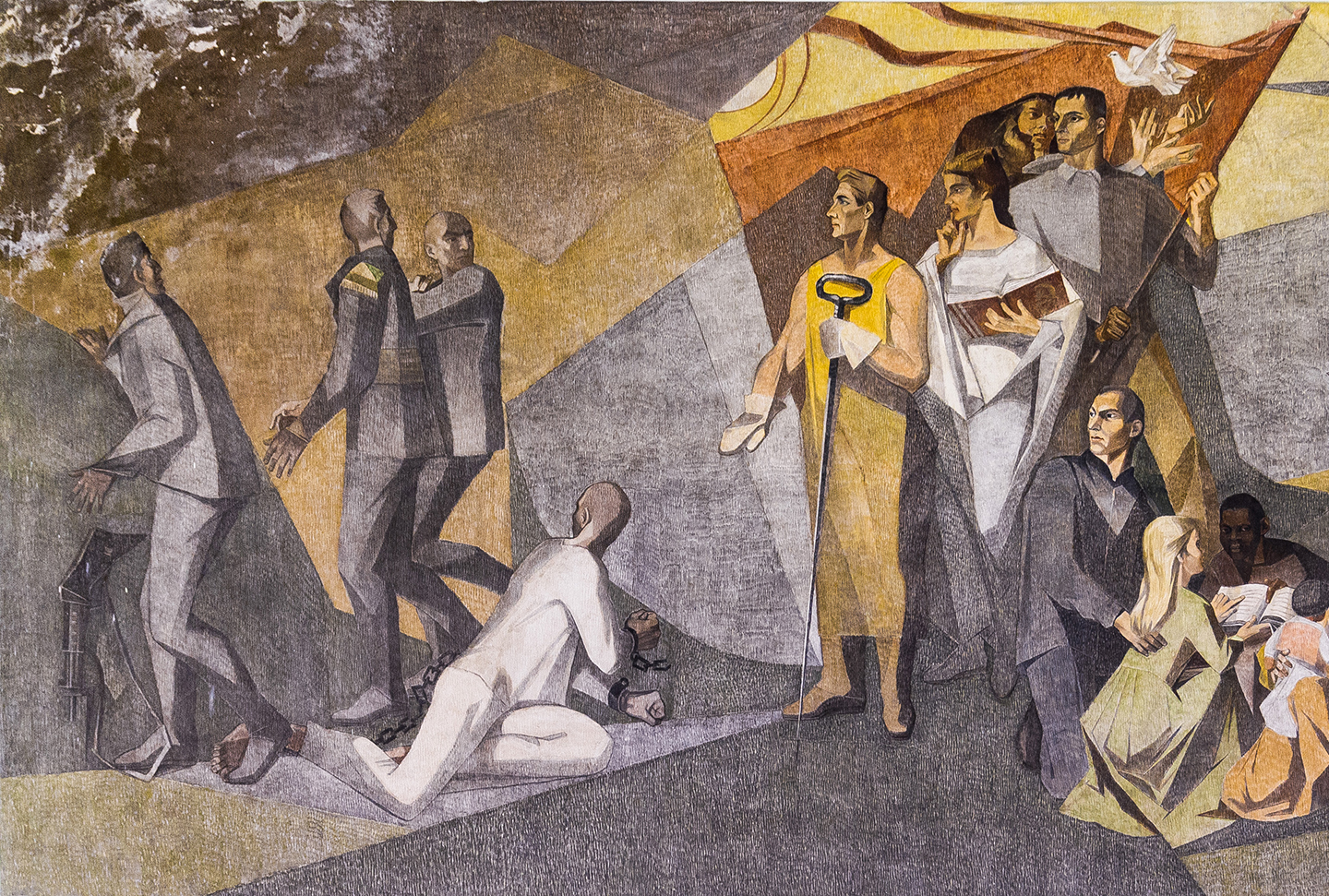Alexandre Kojève, Introduction to the Reading of Hegel (Cornell University Press, 1980), 8–9.
Kojève, Introduction to the Reading of Hegel, 25.
Alexandre Kojève, “The Concrete Paintings of Kandinsky,” Appendix in Lisa Florman, Concerning the Spiritual and the Concrete in Kandinsky’s Art (Stanford University Press, 2014), 154.
Nikolai Tarabukin, From the Easel to the Machine, in Modern Art and Modernism: An Anthology of Critical Texts, ed. Francis Frascina and Charles Harrison (Harper & Row, 1983).
Alexandre Kojève, Sofia, filo-sofia i fenomeno-logiya, manuscript, Bibliotheque National de France, 934 pages.
Kojève, Introduction to the Reading of Hegel, 158–59.
Kojève, Introduction to the Reading of Hegel, 159–62.
Kojève, Introduction to the Reading of Hegel, 159–62.
Kojève, Introduction to the Reading of Hegel, 159–62.
